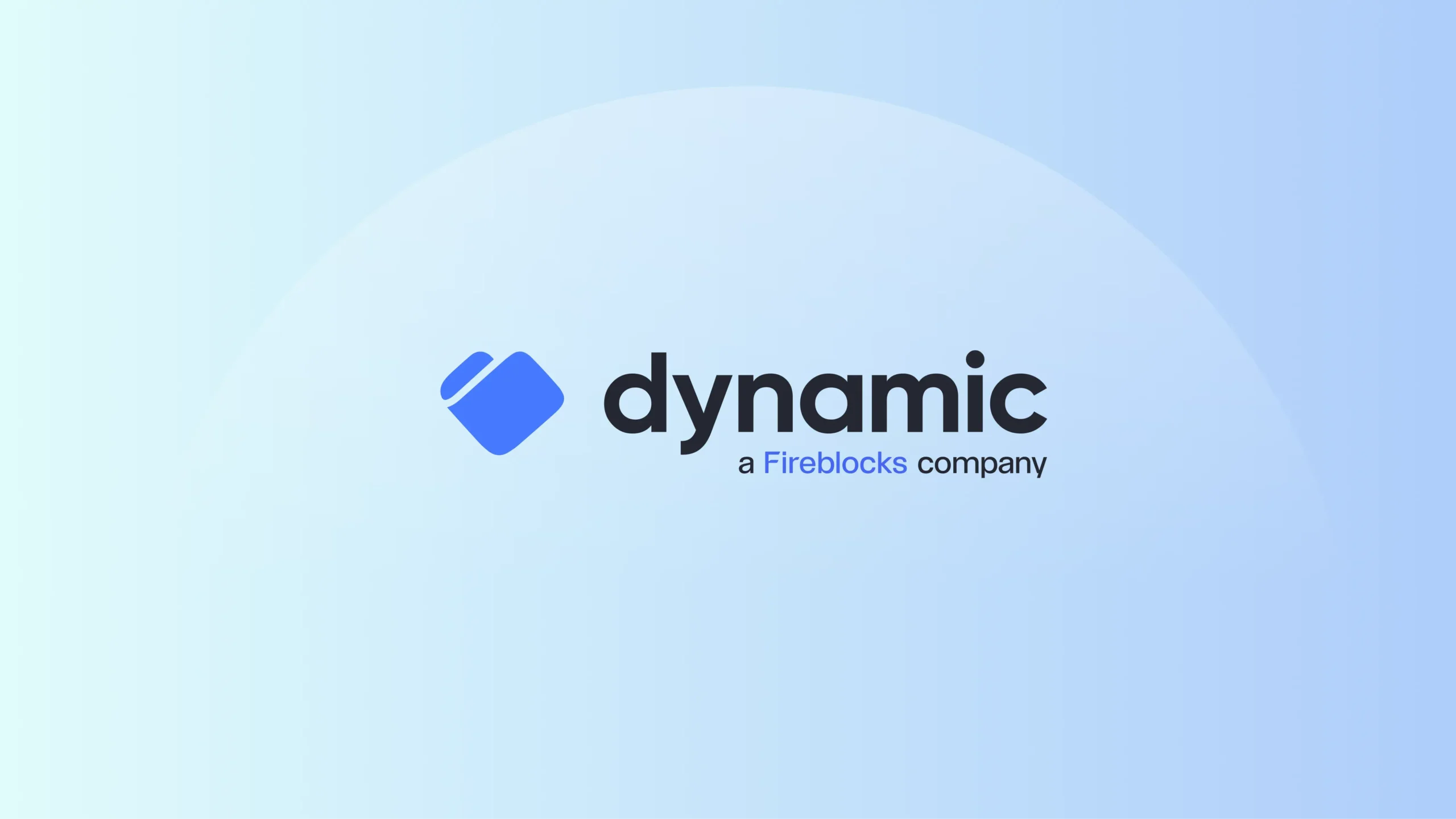At this year’s Money20/20 Europe, the focus was clear and pragmatic. Three themes came through consistently: digital identity, stablecoins, and open banking.
Each reflects a broader shift underway. Institutions are moving from exploration to implementation. Regulatory frameworks are taking shape. Infrastructure is evolving to meet new demands.
These priorities emerged across our discussions with partners, customers, and colleagues—and signal where the market is heading.
Trust as Currency: The Rise of Digital Identity
In today’s digital economy, the most valuable transaction isn’t always monetary. It’s trust—especially when it comes to payments.
Digital identity emerged as a foundational topic—not simply about anonymity, but about privacy preservation. It allows individuals to control their data exposure while meeting the authentication needs of institutions.
The EU’s 2026 mandate for a digital identity wallet reflects this shift, aiming to create an interoperable, trusted system that gives citizens control over their information and the ability to authenticate transactions across borders. That trust layer is fast becoming table stakes to payment infrastructure.
Charles Hoskinson described this evolution as the “fourth generation” of digital assets—defined by programmable privacy, decentralised identity, and seamless integration between traditional and decentralised finance.
Delivering on that vision will require collaboration between public and private infrastructure, supported by interoperability, granular APIs, and systems that can adapt to changing regulatory and technological demands. That means future-proofing not only for regulatory requirements, but for real-world complexity across payment flows, jurisdictions, and use cases.
At Fireblocks, digital identity is built into our infrastructure not as a standalone feature, but as a core pillar of how payments flow securely, transparently, and at scale.
Programmable Money: Stablecoins are Gaining Ground
While domestic payment rails still matter, the real innovation is happening at the global layer. Businesses and individuals now expect cross-border transfers to be as fast and cost-effective as local ones, and infrastructure providers are racing to meet that demand.
For example, Stripe’s Neetika Bansal explained that their acquisition of Bridge was driven by aligned missions: simplifying global money movement as a way to unlock broader access to digital commerce. As Stripe began looking more closely at stablecoin infrastructure, she noted:
It was very clear that this is going to be the future. This is going to prove to really accelerate the growth of businesses worldwide.
Neetika was speaking on a panel hosted by our SVP of Payments and Network, Ran Goldi, “Every Company Needs a Stablecoin Strategy.”
Goldi pointed out that while PSPs and fintechs led the early adoption curve, banks are increasingly realising they need a stablecoin strategy to remain competitive. That urgency is growing as blockchain-based payment rails and stablecoins gain ground as viable alternatives to traditional correspondent banking.
Cross-Border is the New Battleground—and Programmable Money is the Edge
This heightened attention on stablecoins by payment providers and banks alike is reflected in regulatory momentum in Europe, particularly in the EU and the UK. Europe’s MiCA framework gives institutions the confidence to move from experimentation to implementation.
Fireblocks supports that momentum, enabling a broad ecosystem of MiCA-aligned issuers, including:
- STASIS (EURS)
- Membrane Finance (EUROe)
- Banking Circle (EURI)
- StabIR (EURR)
- Next Generation (which will soon re-launch EURF, pending approval of the regulator before deployment and distribution)
- Schuman Financial (EURØP)
Meanwhile, the UK is moving toward regulatory clarity on a parallel track. The FCA has opened consultations covering intermediary activities, stablecoin issuance, custody, and prudential requirements—taking a different approach than the EU by recognising stablecoins as investment instruments.
Open Banking: A Second Wind with Strategic Implications
Open banking payments are gaining momentum in Europe, with instant payment regulations and PSR driving adoption across banks like BNP Paribas and Santander. Banks are strategically developing account-to-account payment solutions that:
- Deliver faster reconciliation
- Provide payment certainty
- Improve user experience
- Expand geographic reach
At the same time, adoption remains uneven, as the always-insightful Simon Taylor pointed out in his Fintech Brainfood session “The State of Open Banking.”
Many institutions still treat open banking as a compliance obligation rather than a strategic opportunity. API reliability is inconsistent, and monetisation models remain underdeveloped across much of the industry. The result is a fragmented experience and a slower-than-expected pace of transformation.
Where open banking shows the most promise is in how it intersects with digital assets. It creates a compliant pathway to:
- Integrate digital wallets into mainstream banking apps
- Support fiat on/off ramps
- Enable identity-linked transactions across both traditional and tokenised rails
Increasingly, regulators are treating these as interconnected domains. The EU’s PSD3 and MiCA frameworks are being developed in parallel, recognising that infrastructure convergence is inevitable.
Conclusion: From Momentum to Maturity
Across digital identity, stablecoins, and open banking, one theme was clear at Money20/20 Europe: the shift from experimentation to implementation is accelerating.
These shifts mirror what we outlined in our State of Stablecoins 2025 report, where European institutions in particular cited regulatory clarity and competitive positioning as key drivers of adoption. What was once exploratory is now operational—especially in payments infrastructure.
Institutions are no longer asking whether these technologies matter—they’re deciding how to deploy them. Regulatory clarity is catching up. Infrastructure is maturing. And strategic intent is turning into execution.
At Fireblocks, we work with more than 300 payment providers and banks to help them build secure, scalable infrastructure for the next generation of financial services. The pace varies by region and sector, but the direction is consistent: forward.
Missed us at Money20/20 Europe? Request a demo—we’re glad to share how you can build the infrastructure for your stablecoin journey.
